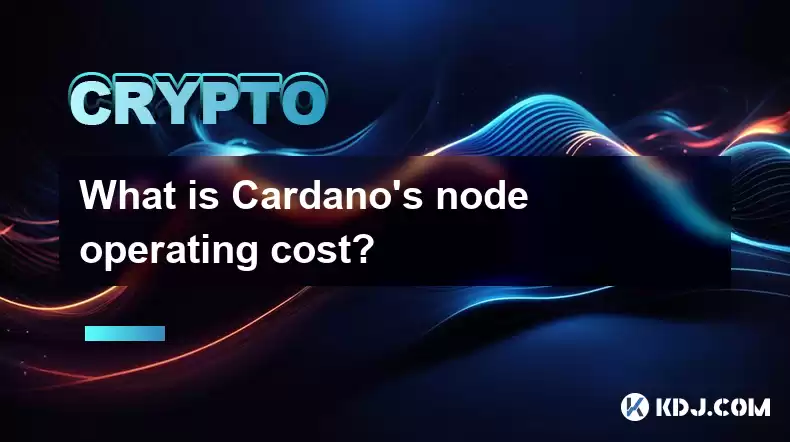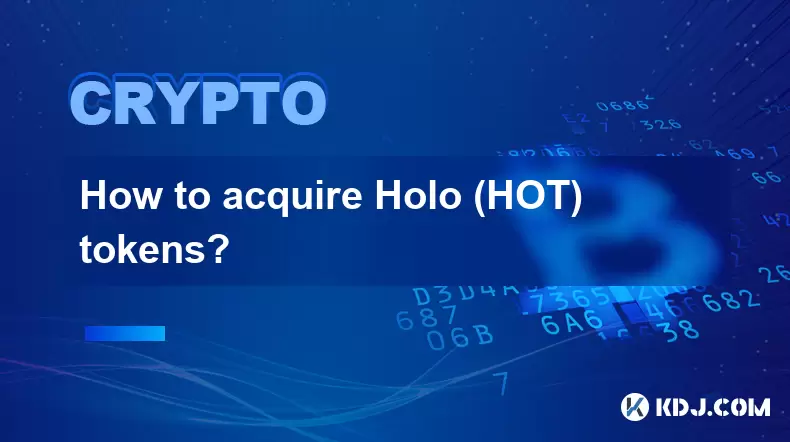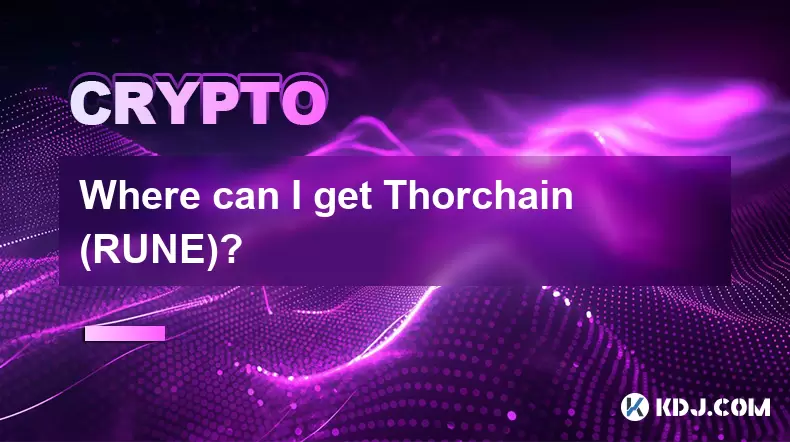-
 Bitcoin
Bitcoin $117500
2.15% -
 Ethereum
Ethereum $3911
6.19% -
 XRP
XRP $3.316
10.79% -
 Tether USDt
Tether USDt $1.000
0.01% -
 BNB
BNB $787.2
2.24% -
 Solana
Solana $175.2
4.15% -
 USDC
USDC $0.9999
0.00% -
 Dogecoin
Dogecoin $0.2225
8.40% -
 TRON
TRON $0.3383
0.28% -
 Cardano
Cardano $0.7868
6.02% -
 Stellar
Stellar $0.4382
9.34% -
 Hyperliquid
Hyperliquid $40.92
7.56% -
 Sui
Sui $3.764
7.63% -
 Chainlink
Chainlink $18.48
10.66% -
 Bitcoin Cash
Bitcoin Cash $582.1
1.88% -
 Hedera
Hedera $0.2601
6.30% -
 Avalanche
Avalanche $23.33
4.94% -
 Ethena USDe
Ethena USDe $1.001
0.02% -
 Litecoin
Litecoin $122.3
2.04% -
 UNUS SED LEO
UNUS SED LEO $8.969
-0.27% -
 Toncoin
Toncoin $3.339
0.86% -
 Shiba Inu
Shiba Inu $0.00001287
4.30% -
 Uniswap
Uniswap $10.43
7.38% -
 Polkadot
Polkadot $3.861
5.08% -
 Dai
Dai $1.000
0.02% -
 Bitget Token
Bitget Token $4.513
3.41% -
 Monero
Monero $267.7
-6.18% -
 Cronos
Cronos $0.1499
4.14% -
 Pepe
Pepe $0.00001110
5.15% -
 Aave
Aave $284.9
8.28%
What is Cardano's node operating cost?
Operating a Cardano node requires significant resources, including hardware, software, energy consumption, and other costs like bandwidth and maintenance.
Feb 17, 2025 at 11:30 pm

Key Points:
- Cardano's decentralized infrastructure requires significant resources to operate.
- Node operators play a crucial role in validating transactions, producing blocks, and maintaining the network's integrity.
- The cost of operating a Cardano node depends on several factors, including hardware, software, and energy consumption.
- Understanding these costs is essential for assessing the scalability and sustainability of the Cardano network.
- Node operators may consider various factors, such as hosting options, energy efficiency, and hardware configurations, to optimize their operating expenses.
1. Hardware Requirements:
Cardano nodes require specific hardware specifications to meet the computational and storage demands of the network. The minimum recommended configuration includes:
- CPU: Multi-core processor with high clock speed
- RAM: 8GB or more
- Storage: Solid-state drive (SSD) with at least 120GB
- Network: Gigabit Ethernet connection
The cost of hardware can vary depending on the specifications and brand. For instance, a mid-range server meeting these requirements may cost around $500-$1,000.
2. Software and Infrastructure:
In addition to hardware, node operators need software and infrastructure services:
- Cardano Node Software: This is the open-source software that enables nodes to connect to the network and perform various functions. It is free to download but requires ongoing maintenance.
- Cloud Hosting: Nodes can be hosted on cloud platforms, such as AWS or Azure. This option provides flexibility and scalability but can incur monthly fees.
- Dedicated Servers: Some node operators choose to purchase and manage their own dedicated servers, which offer more control but also higher setup and maintenance costs.
The cost of software and infrastructure services depends on the chosen hosting option and the provider's pricing. For instance, cloud hosting can range from $50-$200 per month, while dedicated servers may cost upwards of $1,500 per year.
3. Energy Consumption:
Node operation requires continuous power consumption:
- Electricity Usage: Nodes consume electricity to power the hardware and maintain network connectivity. The amount of power consumed varies depending on the specific hardware configuration and the region's electricity rates.
- Cooling Costs: Running nodes can generate heat, necessitating cooling equipment to prevent overheating. Cooling costs can be significant, especially in warm or humid climates.
Energy costs can fluctuate over time and vary depending on the location. As an estimate, a node may consume around $50-$150 per month in electricity and cooling expenses.
4. Other Costs:
- Bandwidth: Node operators need to ensure sufficient network bandwidth to support incoming and outgoing connections. This cost can vary based on the number of transactions and the network activity.
- Maintenance and Upgrades: Nodes require regular maintenance, including software updates, security patches, and hardware optimization. These tasks may incur additional costs or require dedicated expertise.
FAQs:
- Is it profitable to operate a Cardano node?
The profitability of node operation depends on various factors, including block rewards, transaction fees, and operating costs. While node operators may receive rewards for validating transactions and producing blocks, these rewards must be weighed against the operating expenses.
- What is the difference between a stake pool and a node?
A node is a component of the Cardano network that stores a full copy of the blockchain and participates in transaction validation. A stake pool, on the other hand, is a collection of nodes that pool their stake (ADA) to increase their chances of minting new blocks and earning block rewards.
- How can I optimize my node operating costs?
Optimizing node operating costs involves considering energy efficiency measures, such as low-power hardware, efficient cooling systems, and optimizing node configuration. Additionally, exploring cloud hosting options, choosing lower-cost locations, and utilizing automation tools for maintenance can reduce expenses.
- What are the benefits of operating a Cardano node?
Operating a Cardano node contributes to the decentralization, security, and integrity of the network. Node operators play a vital role in verifying transactions, validating blocks, and supporting the overall health of the Cardano ecosystem.
Disclaimer:info@kdj.com
The information provided is not trading advice. kdj.com does not assume any responsibility for any investments made based on the information provided in this article. Cryptocurrencies are highly volatile and it is highly recommended that you invest with caution after thorough research!
If you believe that the content used on this website infringes your copyright, please contact us immediately (info@kdj.com) and we will delete it promptly.
- XRP ETF, Bitcoin ETF, and Japan: A New Era for Crypto Investing?
- 2025-08-08 14:30:12
- Crypto, Congress, and Bills: Navigating the Regulatory Landscape in 2025
- 2025-08-08 14:30:12
- Union Jack Oil, Unused Gas, and Bitcoin: A New York Minute on UK's Crypto-Energy Play
- 2025-08-08 14:50:12
- Bitcoin Price: Bullish Flag Points to $123K Breakout?
- 2025-08-08 14:50:12
- Crypto Group's WNBA Dildo Toss: Meme Coin Mania or Just Plain Dumb?
- 2025-08-08 14:55:13
- Stablecoins, Hong Kong, and On-Chain Finance: Navigating the Regulatory Maze
- 2025-08-08 12:30:12
Related knowledge

Where can I buy UMA (UMA)?
Aug 07,2025 at 06:42pm
Understanding UMA and Its Role in Decentralized FinanceUMA (Universal Market Access) is an Ethereum-based decentralized finance (DeFi) protocol design...

Where can I purchase Siacoin (SC)?
Aug 08,2025 at 11:14am
Understanding Siacoin (SC) and Its Role in the Sia NetworkSiacoin (SC) is the native cryptocurrency of the Sia decentralized cloud storage platform, a...

Where can I buy OMG Network (OMG)?
Aug 08,2025 at 12:57pm
Understanding OMG Network (OMG) and Its PurposeThe OMG Network, originally known as OmiseGO, is a layer-2 scaling solution built on the Ethereum block...

What exchanges support buying IOTA (MIOTA)?
Aug 07,2025 at 09:58pm
Understanding the Role of Private Keys in Cryptocurrency SecurityIn the world of cryptocurrency, private keys are the cornerstone of ownership and con...

How to acquire Holo (HOT) tokens?
Aug 08,2025 at 05:56am
Understanding Holo (HOT) and Its EcosystemHolo (HOT) is a cryptocurrency token associated with the Holo ecosystem, which is built on the Holochain fra...

Where can I get Thorchain (RUNE)?
Aug 08,2025 at 08:07am
Understanding the Role of Seed Phrases in Cryptocurrency WalletsA seed phrase, also known as a recovery phrase or mnemonic phrase, is a critical compo...

Where can I buy UMA (UMA)?
Aug 07,2025 at 06:42pm
Understanding UMA and Its Role in Decentralized FinanceUMA (Universal Market Access) is an Ethereum-based decentralized finance (DeFi) protocol design...

Where can I purchase Siacoin (SC)?
Aug 08,2025 at 11:14am
Understanding Siacoin (SC) and Its Role in the Sia NetworkSiacoin (SC) is the native cryptocurrency of the Sia decentralized cloud storage platform, a...

Where can I buy OMG Network (OMG)?
Aug 08,2025 at 12:57pm
Understanding OMG Network (OMG) and Its PurposeThe OMG Network, originally known as OmiseGO, is a layer-2 scaling solution built on the Ethereum block...

What exchanges support buying IOTA (MIOTA)?
Aug 07,2025 at 09:58pm
Understanding the Role of Private Keys in Cryptocurrency SecurityIn the world of cryptocurrency, private keys are the cornerstone of ownership and con...

How to acquire Holo (HOT) tokens?
Aug 08,2025 at 05:56am
Understanding Holo (HOT) and Its EcosystemHolo (HOT) is a cryptocurrency token associated with the Holo ecosystem, which is built on the Holochain fra...

Where can I get Thorchain (RUNE)?
Aug 08,2025 at 08:07am
Understanding the Role of Seed Phrases in Cryptocurrency WalletsA seed phrase, also known as a recovery phrase or mnemonic phrase, is a critical compo...
See all articles

























































































